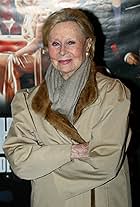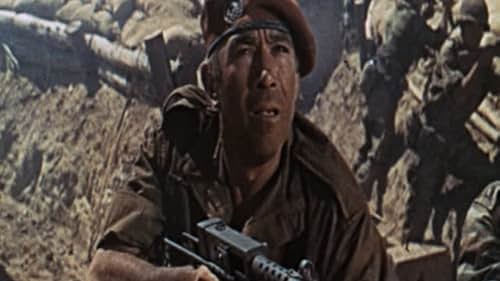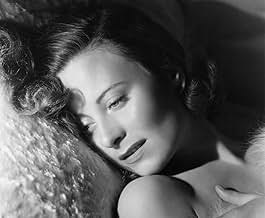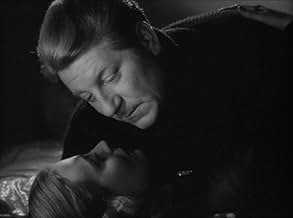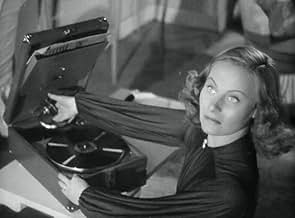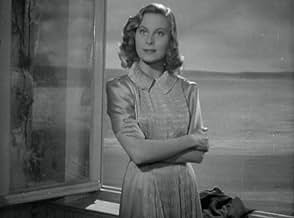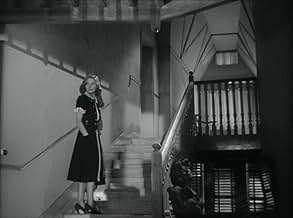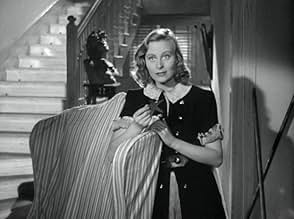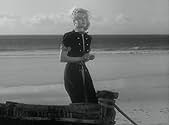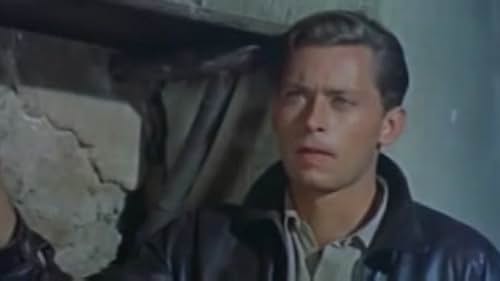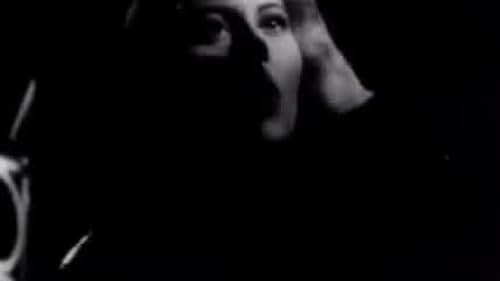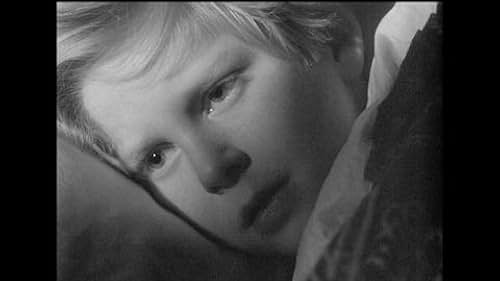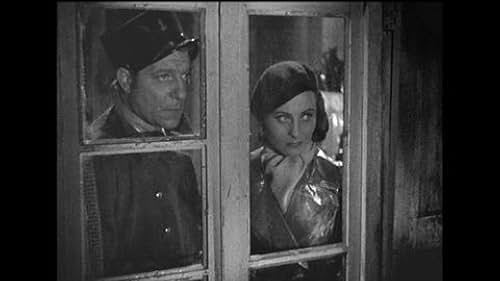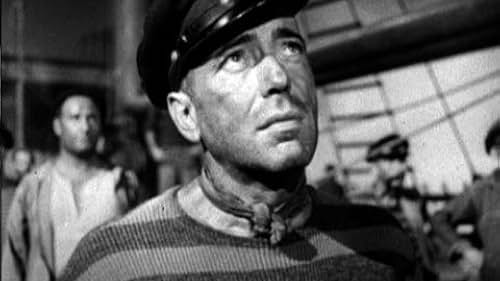Michèle Morgan(1920-2016)
- Actress
A classic beauty, blonde French actress Michèle Morgan was one of her country's most popular leading ladies for over five decades. Born Simone Renee Roussel on Leap Year Day (February 29) in 1920, she ran away from home as a teenager and studied acting under René Simon, beginning her film career at 16 working as a film extra to pay for drama classes.
The young actress soon caught the eye of director Marc Allégret, who cast her in Gribouille (1937), which clinched her stardom. Her remote, enigmatic features and gloomy allure had audiences comparing her to a young Greta Garbo. She went on to appear elegantly opposite Charles Boyer in the drama Orage (1938) directed by Allegret; opposite Jean Gabin in Moth and the Flame (1938) directed by Marcel Carné, as well as both Le récif de corail (1939) and Remorques (1941). She had her first top-billed roles in L'entraîneuse (1939) and La loi du nord (1939).
Michèle's eventual fled war-torn France for Hollywood and earned roles based purely on her European prestige. She did not stand out among the other female foreign imports of that time, however, such as Ingrid Bergman. Cast in rather routine sultry roles amid WWII surroundings, she received only a modest reception for such US-based films as Joan of Paris (1942) with Paul Henreid; Two Tickets to London (1943) with Alan Curtis; Passage to Marseille (1944) opposite Humphrey Bogart; and the noirish The Chase (1946) starring Robert Cummings.
Michèle succeeded much better at home continuing prolifically in such films as Les orgueilleux (1953), La minute de vérité (1952), Oasis (1955), Les grandes manoeuvres (1955), Marie-Antoinette reine de France (1956) (as Marie Antoinette), Menschen im Hotel (1959), Landru (1963), Constance aux enfers (1964), Benjamin ou Les mémoires d'un puceau (1968) and Le chat et la souris (1975). Back in the late 1940's, she received the very first Cannes Film Festival award for "best actress" for her touching performance as the blind heroine in La symphonie pastorale (1946). She also received an honorary Cesar Award in 1992.
Married during the war and early post-war years (1942-1949) to American actor/singer William Marshall, Michèle's second husband was handsome Gallic star Henri Vidal and they appeared together in a couple of films, including both the historical drama Fabiola (1949) and romantic drama La belle que voilà (1950), plus Les sept péchés capitaux (1952) (albeit different "sin" segments) and Napoléon (1955). Following Vidal's sudden death of a heart at age 40 in 1959, the actress married a third time one year later to well-known French actor/writer/director Gérard Oury. They had unbilled cameos in Un homme et une femme, 20 ans déjà (1986). She was left a widow in 2006.
Semi-retired by the 1970's, Michèle's last feature film was a small bit in the Marcello Mastroianni film Stanno tutti bene (1990). She retired in 1999 after a few sporadic 90's TV parts. She died in her home town of Hauts-de-Seine, France on December 20, 2016, at age 96.
The young actress soon caught the eye of director Marc Allégret, who cast her in Gribouille (1937), which clinched her stardom. Her remote, enigmatic features and gloomy allure had audiences comparing her to a young Greta Garbo. She went on to appear elegantly opposite Charles Boyer in the drama Orage (1938) directed by Allegret; opposite Jean Gabin in Moth and the Flame (1938) directed by Marcel Carné, as well as both Le récif de corail (1939) and Remorques (1941). She had her first top-billed roles in L'entraîneuse (1939) and La loi du nord (1939).
Michèle's eventual fled war-torn France for Hollywood and earned roles based purely on her European prestige. She did not stand out among the other female foreign imports of that time, however, such as Ingrid Bergman. Cast in rather routine sultry roles amid WWII surroundings, she received only a modest reception for such US-based films as Joan of Paris (1942) with Paul Henreid; Two Tickets to London (1943) with Alan Curtis; Passage to Marseille (1944) opposite Humphrey Bogart; and the noirish The Chase (1946) starring Robert Cummings.
Michèle succeeded much better at home continuing prolifically in such films as Les orgueilleux (1953), La minute de vérité (1952), Oasis (1955), Les grandes manoeuvres (1955), Marie-Antoinette reine de France (1956) (as Marie Antoinette), Menschen im Hotel (1959), Landru (1963), Constance aux enfers (1964), Benjamin ou Les mémoires d'un puceau (1968) and Le chat et la souris (1975). Back in the late 1940's, she received the very first Cannes Film Festival award for "best actress" for her touching performance as the blind heroine in La symphonie pastorale (1946). She also received an honorary Cesar Award in 1992.
Married during the war and early post-war years (1942-1949) to American actor/singer William Marshall, Michèle's second husband was handsome Gallic star Henri Vidal and they appeared together in a couple of films, including both the historical drama Fabiola (1949) and romantic drama La belle que voilà (1950), plus Les sept péchés capitaux (1952) (albeit different "sin" segments) and Napoléon (1955). Following Vidal's sudden death of a heart at age 40 in 1959, the actress married a third time one year later to well-known French actor/writer/director Gérard Oury. They had unbilled cameos in Un homme et une femme, 20 ans déjà (1986). She was left a widow in 2006.
Semi-retired by the 1970's, Michèle's last feature film was a small bit in the Marcello Mastroianni film Stanno tutti bene (1990). She retired in 1999 after a few sporadic 90's TV parts. She died in her home town of Hauts-de-Seine, France on December 20, 2016, at age 96.
